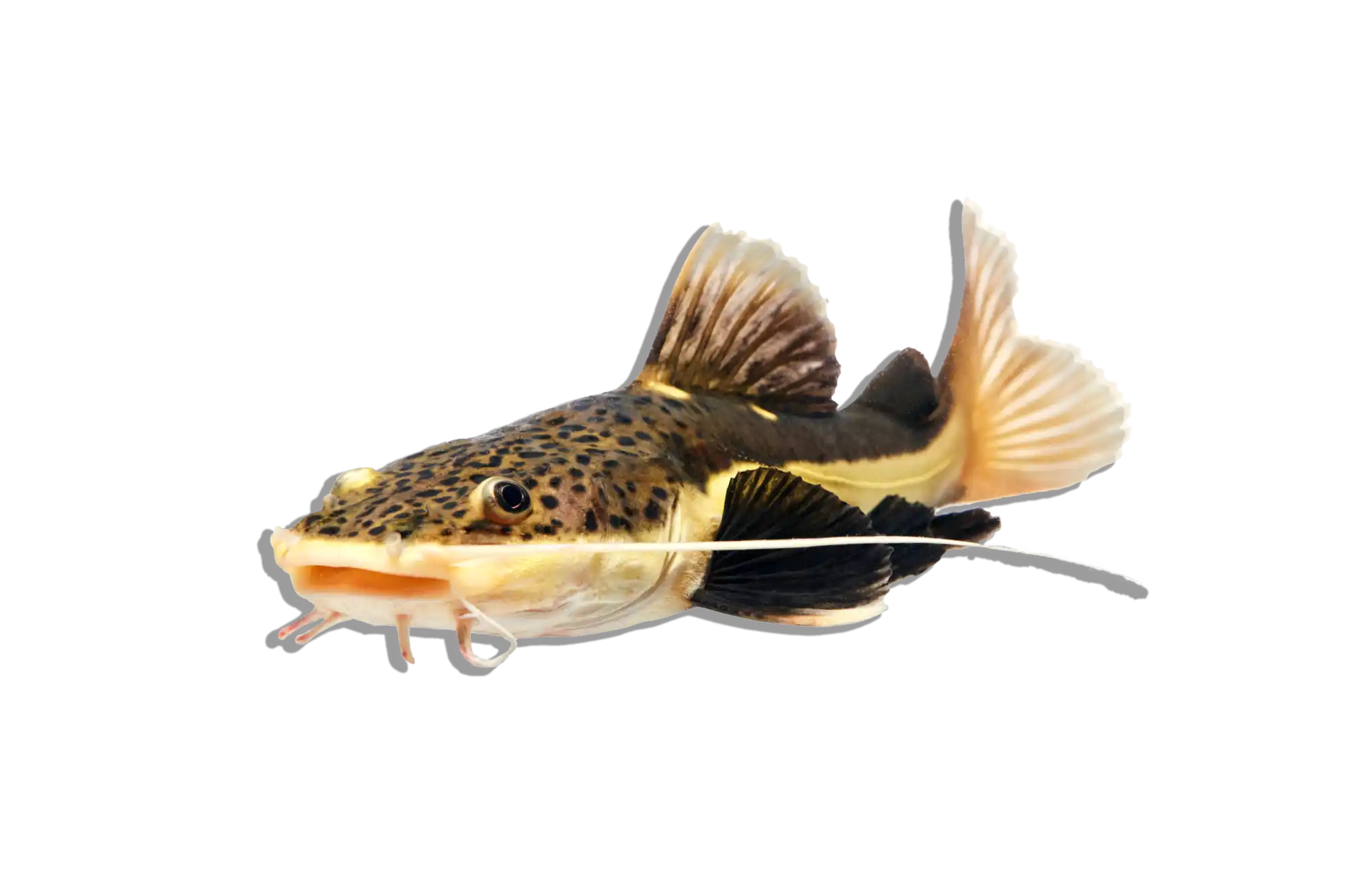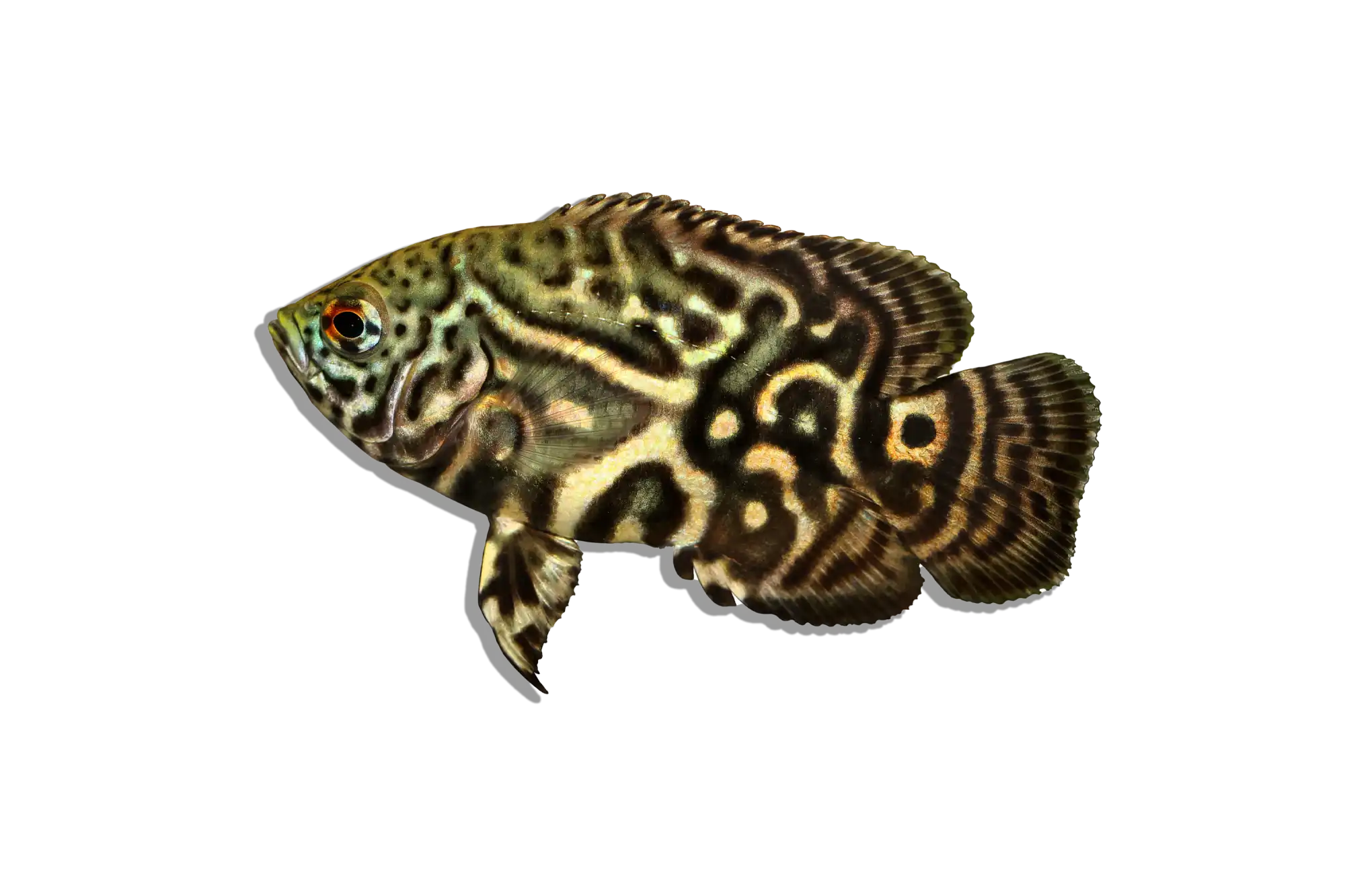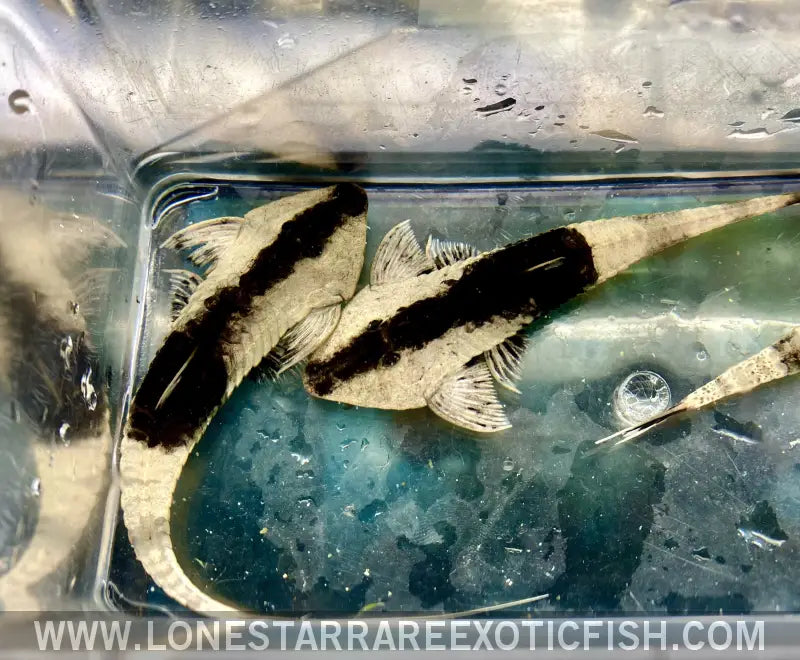Description
Common Name: Loricaria Chameleon
Scientific Name: Loricaria sp.
Other Names: Chameleon Whiptail Catfish, Chameleon Loricaria
The Loricaria Chameleon is a fascinating freshwater fish known for its elongated body, distinctive appearance, and ability to change colors depending on its environment. This adaptive coloration helps it blend seamlessly with its surroundings, making it a unique and captivating species for aquarists.
Habitat and Distribution:
The Loricaria Chameleon is native to the river basins of South America, particularly in countries like Brazil, Peru, and Colombia. These fish are typically found in slow-moving rivers and streams with sandy or muddy substrates. The natural habitat is often rich in organic matter and has plenty of submerged wood and plant debris, providing ample hiding spots.
Size and Lifespan:
In both the wild and captivity, Loricaria Chameleons can grow up to 8-10 inches (20-25 cm) in length. With proper care, their lifespan can range from 5 to 8 years, depending on the quality of their diet and water conditions.
Diet and Behavior:
Loricaria Chameleons are omnivorous, feeding on a mix of algae, detritus, plant matter, and small invertebrates in their natural habitat. In an aquarium, their diet should include high-quality sinking algae wafers, spirulina tablets, and fresh vegetables such as zucchini, cucumber, and spinach. They also benefit from occasional protein-rich foods like bloodworms and brine shrimp. These plecos are generally peaceful and can be kept with other non-aggressive fish, making them suitable for community tanks. They are mostly nocturnal and will be more active during the night.
Breeding and Reproduction:
Breeding Loricaria Chameleons in captivity is possible but can be challenging. They are egg layers and typically spawn in secluded areas such as caves or under pieces of driftwood. The male guards the eggs until they hatch. To encourage breeding, provide plenty of hiding spots and caves, maintain optimal water conditions with regular water changes, and feed a varied diet. Successful breeding usually requires a well-maintained tank with specific water parameters.
Aquarium Care and Tank Requirements:
Due to their size and specific needs, Loricaria Chameleons require a medium to large aquarium, with a minimum of 30-50 gallons recommended for adult specimens. The tank should have a soft, sandy or fine gravel substrate to prevent injury to their delicate barbels. Include plenty of hiding spots created with rocks, driftwood, and caves to mimic their natural habitat and reduce stress. Efficient filtration and regular water changes are essential to maintaining water quality. The water temperature should be kept between 75-82°F (24-28°C), with a pH of 6.5-7.5 and soft to moderately hard water.
Ideal Tank Mates:
Loricaria Chameleons are peaceful and can be kept with other small, non-aggressive fish. Suitable tank mates include tetras, rasboras, dwarf cichlids, and other small catfish. Avoid housing them with large, aggressive species that may cause stress or injury.
Difficulty Level:
Intermediate. While Loricaria Chameleons are hardy and adaptable, they require specific tank conditions and diet to thrive, making them suitable for aquarists with some experience.
Water Parameters:
- Temperature: 75-82°F (24-28°C)
- pH: 6.5-7.5
- General Hardness (GH): 4-10 dGH
- Carbonate Hardness (KH): 2-6 dKH
- Ammonia: 0 ppm (ideal)
- Nitrite: 0 ppm (ideal)
- Nitrate: <20 ppm (ideal)
Additional Information:
- The Loricaria Chameleon’s ability to change colors and blend with its environment makes it a unique and captivating addition to any aquarium.
- They are known for their peaceful nature and ability to coexist with a variety of tank mates, provided they are not too small.



















